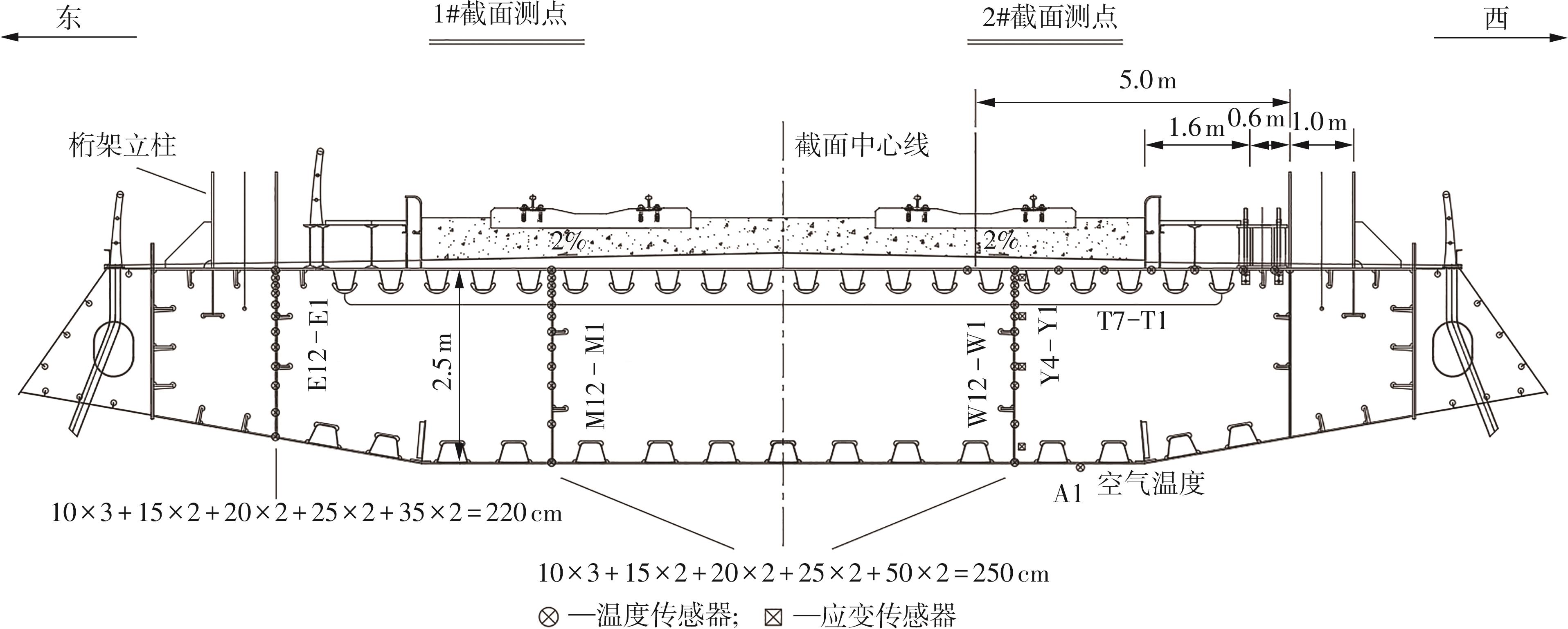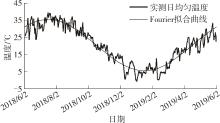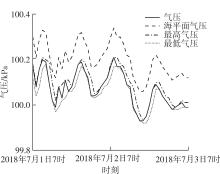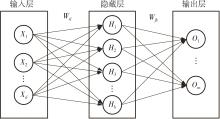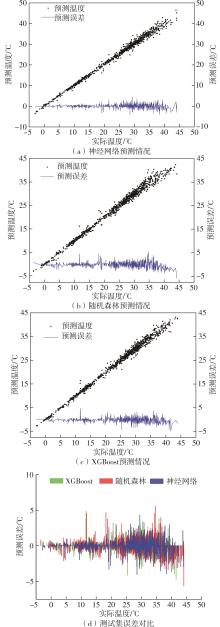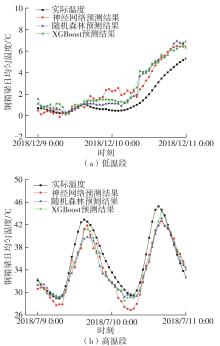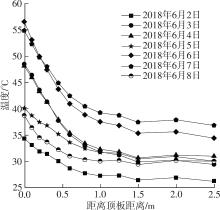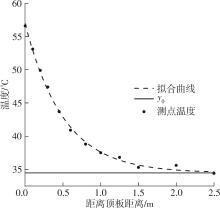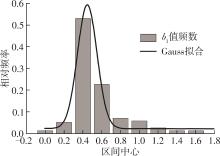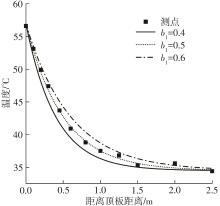华南理工大学学报(自然科学版) ›› 2025, Vol. 53 ›› Issue (6): 25-33.doi: 10.12141/j.issn.1000-565X.240200
基于机器学习的高速铁路斜拉桥钢箱梁温度模式研究
- 1.中南大学 土木工程学院,湖南 长沙 410075
2.高速铁路建造技术国家工程研究中心,湖南 长沙 410075
3.山东中建房地产开发有限公司,山东 济南 250000
Research on Temperature Model of Steel Box Girder of High-Speed Railway Cable-Stayed Bridge Based on Machine Learning
LIU Wenshuo1,2( ), ZHONG Mingfeng1, ZHOU Bo1, LÜ Fangzhou3
), ZHONG Mingfeng1, ZHOU Bo1, LÜ Fangzhou3
- 1.School of Civil Engineering,Central South University,Changsha 410075,Hunan,China
2.National Engineering Research Center of High-Speed Railway Construction Technology,Changsha 410075,Hunan,China
3.Shandong Zhongjian Real Estate Development Co. ,Ltd. ,Jinan 250000,Shandong,China
摘要:
为探究高速铁路大跨度斜拉桥钢箱梁的温度模式,基于商合杭高铁裕溪河大桥实测温度数据和数据库资料,通过机器学习方法,对钢箱梁温度受各类气象因素影响的模式、温度场的时间和空间分布规律开展研究。通过建立反映多种气象因素与钢箱梁日均匀温度映射关系的机器学习模型,分析各模型的优劣性和适用性,并得到影响钢箱梁日均匀温度的气象因素重要性排名;综合机器学习方法和指数拟合研究钢箱梁竖向温度分布模式。结果表明:气象因素对钢箱梁日均匀温度的影响重要性从高到低排名依次为气温、累积辐射量、气压、湿度、辐射强度、风向、水平能见度、风速、降水量,且温度的重要性远超其他气象因素;其中对钢箱梁日均匀温度影响最大的是2和3 h前的大气温度,反映了大气温度变化对钢箱梁日均匀温度的影响有2~3 h的滞后性;神经网络、随机森林和XGBoost模型均能较为准确地对钢箱梁日均匀温度进行预测,其中神经网络模型的整体预测效果较好;钢箱梁负温差对气象因素的敏感度较低,与自身结构的热量传递模式相关性更大;指数函数能较高精度地拟合钢箱梁竖向最大正温差分布情况,其参数可通过机器学习方法确定,且不同参数分别具有不同的实际物理意义。研究结果为高速铁路大跨度斜拉桥钢箱梁温度结构的温度预测及分布模式提供了参考。
中图分类号:

